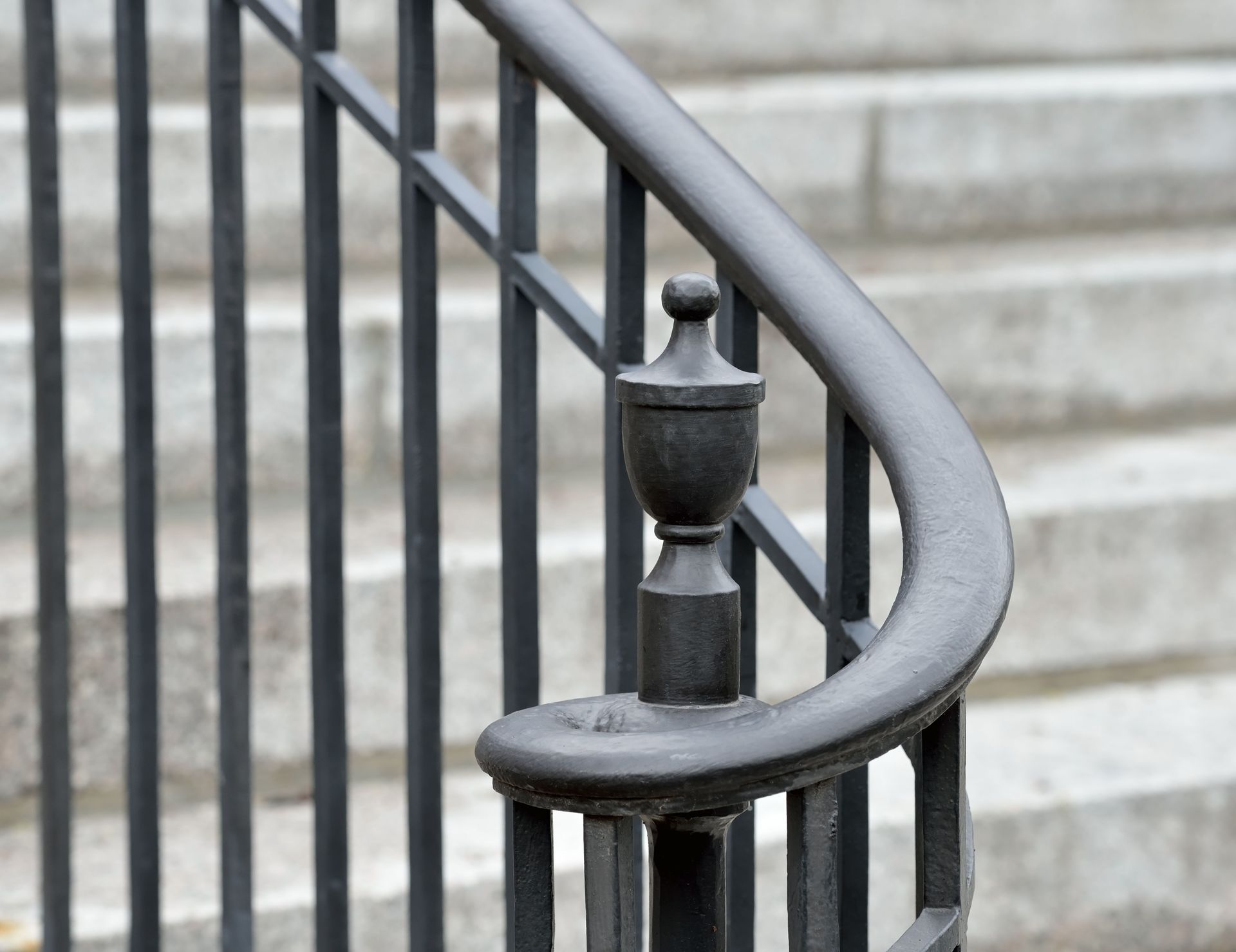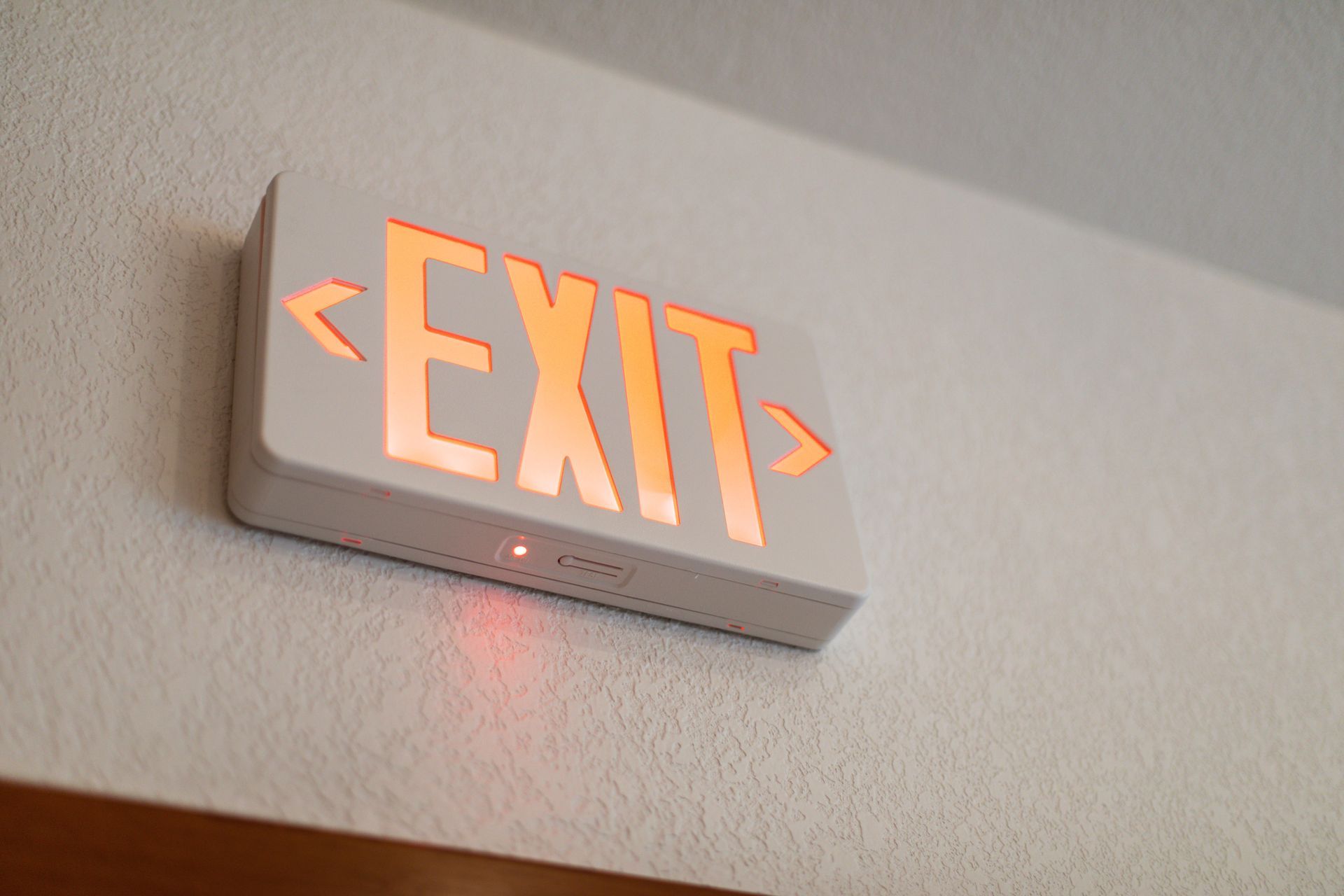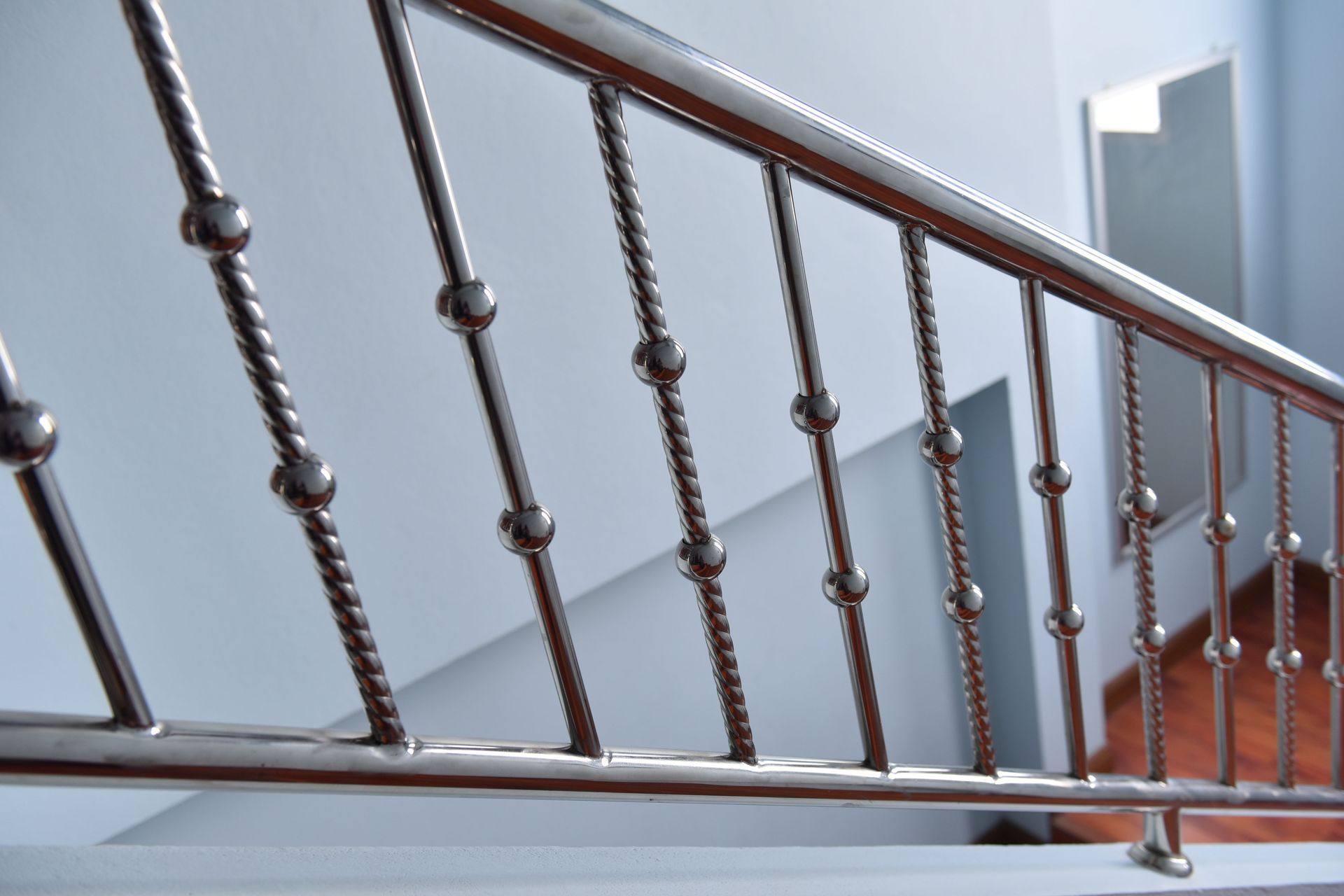Why Properly Installed Stair Railings Matter for Family Safety
Stair railings are a critical safety feature in any home, though many people take them for granted until they are truly needed. Whether in a home filled with energetic children, an active household with multiple levels, or a residence for aging family members, stair railings play an essential role in maintaining safety. They do far more than simply frame a staircase—they provide stability, prevent accidents, and enhance peace of mind. Understanding their function and the risks of neglecting them highlights why stair railings deserve attention as both a safety necessity and a design feature.
Providing Stability and Support
The first and most obvious purpose of stair railings is stability. Going up or down a staircase always involves some risk, and having a sturdy railing within reach offers support that helps people maintain balance. For young children learning to walk, adults carrying heavy loads, or seniors who may struggle with mobility, stair railings serve as a reliable point of contact. Without them, stairs quickly become one of the most hazardous areas in a home.
The effectiveness of stair railings depends heavily on how they are installed. Properly mounted railings should not wobble, bend, or feel unstable when used. They need to meet safety standards regarding height, spacing, and grip comfort. These details ensure that a railing isn’t just present but actually useful when someone needs it. When installed correctly, stair railings reduce the risk of missteps and slips while making daily stair use easier for everyone.
Preventing Falls and Injuries
Falls on stairs are one of the most common and dangerous accidents in homes. With every step, there is the potential for a trip or stumble, and the height involved makes falls particularly serious. Stair railings serve as a defense mechanism against these risks. A firm grip on a railing can mean the difference between a safe recovery and a painful accident.
Statistics underscore the severity of the issue. Each year, stair-related injuries affect over a million people nationwide, proving that stairs require careful safety measures. Installing durable stair railings is one of the simplest ways to minimize these risks. According to HomeAdvisor, stair railing installation usually takes between 5 and 10 hours, reflecting the detailed work required to secure them properly. That small investment of time can prevent countless injuries over the life of a home.
Assisting Elderly and Physically Challenged Family Members
For seniors and people with mobility challenges, stair railings are not optional—they are essential. Age-related balance issues, weakened grip strength, or physical limitations make navigating stairs far more dangerous without strong support in place. A well-positioned railing provides the stability needed for safe movement, allowing individuals to remain more independent in their daily lives.
The right railing design can also make a big difference. Railings installed at a comfortable height, with a diameter that fits naturally in the hand, make them easier to grasp and more effective. For households with elderly or disabled members, the presence of strong stair railings can foster confidence, reduce reliance on others, and preserve autonomy.
Enhancing Safety for Children
Young children are naturally curious, energetic, and often unaware of danger. Stairs are especially appealing to little ones, who may see them as places to climb or play. Stair railings provide a physical barrier that prevents children from falling or slipping through dangerous gaps. They also offer children a way to steady themselves as they learn to use stairs safely.
To maximize child safety, stair railings should comply with building codes that dictate spacing and height requirements. Parents often add features such as gates at the top and bottom of staircases for extra protection. Combined, these precautions transform staircases from a household hazard into a safer environment for growing families.
Protecting Household Pets
Pets, like children, lack the caution adults bring to stair use. Dogs and cats may dart up or down stairs quickly, sometimes losing footing in the process. Stair railings provide a barrier that helps prevent accidental tumbles, particularly for small pets that could squeeze through gaps without protection.
Design considerations also matter for pets. Choosing materials that don’t trap fur, leaving no sharp edges, and ensuring spacing that prevents paws or heads from slipping through make stair railings more pet-friendly. For homeowners with animals, well-installed railings not only protect people but also extend safety to every member of the household.
Avoiding Risks of Poor Installation
Poorly installed stair railings can cause more harm than good. If a railing wobbles, detaches, or fails under pressure, it creates a dangerous false sense of security. Structural failure may lead to severe accidents and can even result in liability for the homeowner.
Another concern with poor installation is compliance with building codes. These codes exist to protect residents, and failing to meet them may result in fines, forced repairs, or reduced property value. Prospective buyers are often wary of homes with safety issues, meaning inadequate railings could delay or reduce the success of a home sale. Proper installation by experienced professionals avoids these risks while ensuring railings remain both safe and legally compliant.
Choosing the Right Materials
The materials chosen for stair railings affect not only their look but also their safety and longevity. Wood railings offer a classic, natural appeal but require ongoing maintenance to prevent warping or rot. Metal railings are strong and durable, able to withstand heavy use and environmental stress. Glass railings create a modern, open aesthetic, though they may require frequent cleaning and extra care to avoid shattering.
Each material comes with benefits and drawbacks, and the best choice depends on the needs of the household. For families with children or pets, durability and strength often outweigh style considerations. For others, design appeal might take priority. Regardless of the material, the key factor remains quality installation, which ensures stair railings will serve their purpose effectively for years.
Prioritizing Long-Term Safety
Once installed, stair railings must be regularly maintained to preserve their safety. Over time, bolts may loosen, wood may crack, or metal may corrode. Regular inspections help identify these issues before they compromise safety. Preventive maintenance, such as tightening hardware or refinishing wood, extends the lifespan of stair railings while reducing the need for costly replacements.
Durability should always be part of the decision-making process. Choosing materials designed to withstand wear means homeowners can rely on stair railings for decades. By treating railing maintenance as a priority, households safeguard both residents and visitors from unnecessary risks.
Stair railings may seem like a simple feature, but they play a vital role in household safety. They provide stability, prevent accidents, protect children and pets, and allow elderly or physically challenged family members to maintain independence. Properly installed and maintained stair railings also add value to a home, ensuring compliance with building codes and reassuring potential buyers.
With installation taking just 5 to 10 hours in most cases, the time commitment is small compared to the years of safety and peace of mind that railings provide. Neglecting stair railings, on the other hand, exposes families to unnecessary risks.
If you’re considering new stair railings or need to upgrade existing ones, don’t wait until an accident highlights their importance. Work with a trusted professional like Alberona Iron Works Inc to ensure your home’s stairs are safe, functional, and built to last. Protect your family today by making stair railings a top priority.




Share On: